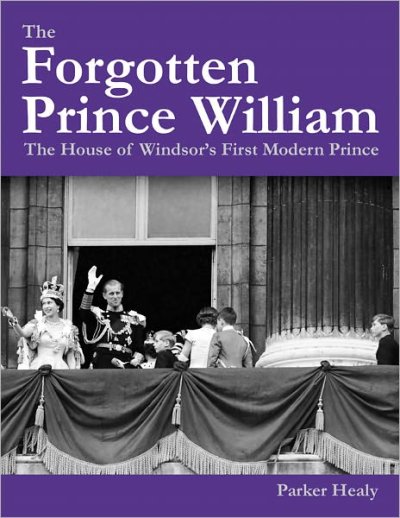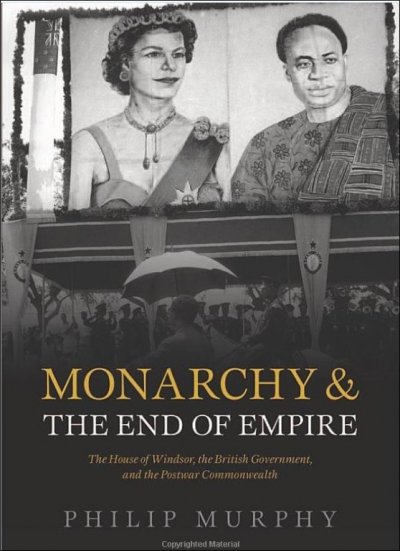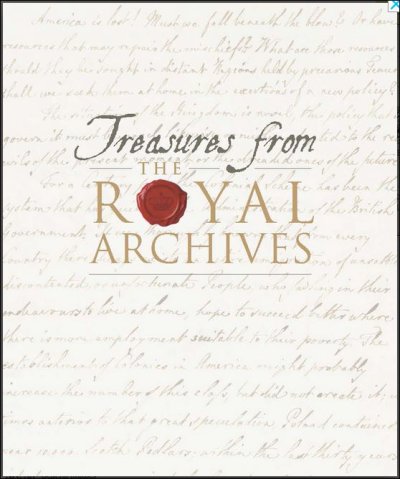"Victoria: A Life" by AN Wilson (2014)
Victoria: A Life
AN Wilson
Atlantic Books
656 pages
0844 871 1515
published 2014
Publisher's Blurb
When Queen Victoria died in 1901, she had ruled for nearly sixty-four years. She was a mother of nine and grandmother of forty-two and the matriarch of royal Europe through her children’s marriages. To many, Queen Victoria is a ruler shrouded in myth and mystique, an aging, stiff widow paraded as the figurehead to an all-male imperial enterprise. But in truth, Britain’s longest-reigning monarch was one of the most passionate, expressive, humorous and unconventional women who ever lived, and the story of her life continues to fascinate.
A. N. Wilson’s exhaustively researched and definitive biography includes a wealth of new material from previously unseen sources to show us Queen Victoria as she’s never been seen before. Wilson explores the curious set of circumstances that led to Victoria’s coronation, her strange and isolated childhood, her passionate marriage to Prince Albert and his pivotal influence even after death and her widowhood and subsequent intimate friendship with her Highland servant John Brown, all set against the backdrop of this momentous epoch in Britain’s history—and the world’s.
Born at the very moment of the expansion of British political and commercial power across the globe, Victoria went on to chart a unique course for her country even as she became the matriarch of nearly every great dynasty of Europe. Her destiny was thus interwoven with those of millions of people—not just in Europe but in the ever-expanding empire that Britain was becoming throughout the nineteenth century. The famed queen had a face that adorned postage stamps, banners, statues and busts all over the known world.
Wilson’s
Victoria is a towering achievement, a masterpiece of biography by a writer at the height of his powers.
publicbooks.org review
extracts [reproduced here with permission]
Queen Victoria's Power
Arianne Chernock
...[Walter] Bagehot, an early editor of the
Economist, famously assigned the English constitutional sovereign three distinct rights: “the right to be consulted, the right to encourage, the right to warn.” The argument was meant to appease Britons skeptical of retaining the Crown...
Bagehot receives no mention in A. N. Wilson’s new biography of Queen Victoria—straightforwardly titled
Victoria: A Life—but Wilson, like Bartlett, is keen to show that even the constricted sovereign can wield a surprising degree of influence. Toward the end of her long reign (1837–1901), Victoria was routinely praised for embodying the qualities of the ideal constitutional monarch. But what constituted this
ideal behavior?
While the Glorious Revolution of 1688 had rejected absolutism, the concept of constitutional monarchy remained very much a work in progress, even as late as the 19th century. The Bill of Rights(1689) had made clear that the king or queen ruled with the consent of parliament, but the precise terms of this relationship would come to be dictated more by custom than by written law. Many of Victoria’s subjects seem to have assumed, like Bagehot, that constitutionalism meant that the sovereign would now be part of the “dignified” rather than “efficient” part of government.
If many Victorians regarded their sovereign as embodying one version of Bagehot’s paradigm, however, the Queen herself always seems to have had a much more capacious (even if at times shaky) grasp of modern constitutionalism. Deeply informed by the views of her German husband, Prince Albert, Victoria strove to influence domestic and foreign policy from the 1840s on, intervening when necessary. True, she never vetoed legislation or contested election results. But she did go on record as ambivalent about democracy, and reprimanded her ministers when she disagreed with their courses of action, especially on questions of empire, where she tended toward hawkish positions.
This more energetic Queen comes into full relief in A. N. Wilson’s account. His first chapter establishes the framework for the interpretation that follows: “The Victorians liked to tell one another that the monarch was simply a figurehead … This was not really the case.” As Wilson explains it, Victoria, under Albert’s tutelage, came to see her role as fundamental to the British state. Deeply informed by the German liberalism of Baron Stockmar, the royal couple’s advisor, Victoria and Albert worked together from their marriage in 1840 until Albert’s untimely death in 1861 to reinvent the Crown as a “workable modern political institution, strong enough to resist the forces of revolution which, since 1789, had threatened Europe.”
Their vision turned on a desire to place the monarchy above political party, but not above politics; when necessary, they felt that the Crown must intervene in the name of protecting the principles of free trade and the parliamentary system. At the same time, they were committed to making the royal family, rather than just the reigning king or queen, central to the nation’s cultural and psychic life—thus their frequent commissioning of intimate domestic scenes by the German painter Franz Xaver Winterhalter.
It was this particular vision of constitutional monarchy—as both a guarantor of liberal principles and custodian of middle-class morality—that Victoria and Albert hoped to export to the Continent, through the marriages of their rapidly expanding brood...
...Too often, to the extent that the Victorian Crown is portrayed as political, Albert gets most of the credit for royal engagement. Once he departs the stage, goes the standard account, the inconsolable Queen retreats to the grounds of Balmoral...Wilson...gives Victoria’s widowhood a more updated treatment. Gone is [Lytton] Strachey’s “accessory” to government. Instead, we see a monarch clearly distressed, yes, but also deeply absorbed by the day-to-day operations of the state. “It is true, certainly,” Wilson concedes, “that Victoria was desolated by Albert’s death; that the woman, who loved the theatre and the opera and the ballet, who enjoyed great dinners, was changed into a sable-clad widow who shunned society. It is by no means true, however, that she lost interest in political affairs.
As Wilson’s own analysis makes clear, the Queen exerted far more influence than most of her subjects realized. “It was not always easy,” he writes midway through
, “for Queen Victoria to know where her authority began and ended.” Nor should it have been. If anything, in fact, the rapid expansion of Britain’s empire made the contours of the Queen’s reign even more ambiguous. At home, the House of Commons was gaining the upper hand, especially after the passage of the Representation of the People Acts of 1867 and 1884, which dramatically expanded the electorate to include roughly 60 percent of the adult male population. In the colonies, however, the sovereign remained a potent figure. Subjects who came under British rule during this period often believed that it was the “Great White Queen” who controlled their fates. Colonial administrators, realizing that it was in their interests, did little to correct the mistake.
→ The full review can be read at
publicbooks.org
v cover









